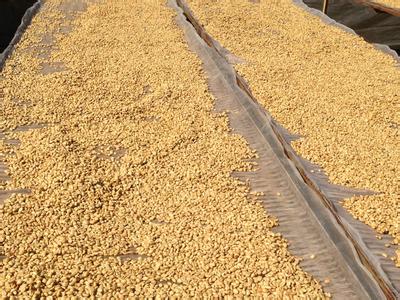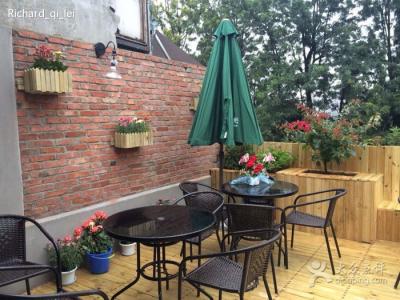The difference between Kenyan Coffee washing and Solar exposure-Honey-treated Coffee beans
The difference between Kenyan Coffee washing and Solar exposure-Honey-treated Coffee beans
[washed Sidamo]: coffee raw bean green is slightly gray, some places are thick and some places are small, the acidity is soft and strong, mellow, sweet and spicy, it is one of the courtyard coffee in the highlands of southern Ethiopia. Unlike ordinary African coffee, Sidamo has clear acidity, smooth taste and delicate floral smell.
The coffee beans after harvest must enter the treatment program immediately, otherwise they will begin to ferment, making the coffee beans have a bad smell. There are two methods of treatment: "solarization" and "washing", which will cause different flavors. Sun-cured beans have a complete natural mellow flavor, gentle aroma and more gum; washing rules have a good mellow taste, high aroma and lively sour taste
Kenyan coffee is mostly grown at an altitude of 1500m, 2100m, and is harvested twice a year. To ensure that only ripe berries are picked, people must tour the forest about seven times. Kenyan coffee is grown by small farmers. After they harvest the coffee, they first send the fresh coffee beans to the cooperative cleaning station. The washing station sends the dried coffee to the cooperative in the form of "parchment coffee beans" (that is, coffee beans covered with endocarp) to the cooperative ("parchment coffee beans" is the last state of coffee beans before peeling).
Altitude, latitude, geology: the equator runs through Kenya, and the border is just within ten degrees of north and south latitude. Belonging to tropical producing areas, there are two rainy seasons every year, with two harvests, with 60% concentrated from October to December and another 40% from June to August. Coffee is mainly grown in volcanic land around 1600-2100 meters above sea level from the capital Narobi to the mountains of Kenya. This height is suitable for the development of coffee bean flavor, because the mountain temperature is lower, the growth is slow, the aroma components of coffee beans have been fully developed, the sour taste is more obvious, and the texture is harder. This fertile, moon-shaped coffee area is the main producing area of Kenyan boutique beans.

Important Notice :
前街咖啡 FrontStreet Coffee has moved to new addredd:
FrontStreet Coffee Address: 315,Donghua East Road,GuangZhou
Tel:020 38364473
- Prev

Brief introduction of grinding scale by taste treatment for graded flavor description of raw coffee beans in Rwanda
Introduction to grinding scale method for graded flavor description of Rwandan coffee raw beans: 89 raw bean treatment: washing treatment varieties: bourbon grade appearance: grade A1; .2d / 300gr, 15 Screen suggested baking degree: urban roasting is the best, but the flavor from urban roasting to urban roasting is very good, and it is best not to exceed the second baking degree of Rwanda self-colonization.
- Next

A brief introduction to the Flavor description and Taste Origin of Erica Coffee beans in Ethiopia
A brief introduction to the flavor description of Erica coffee beans in Yegashifei, Ethiopia A brief introduction to the flavor of Erica coffee beans in Ethiopia A brief introduction to the taste of Erica coffee beans in Ethiopia can be described as shades of water and sun treatments. Washed coffee beans are relatively light-toned flavor, light-toned floral fragrance, light-toned citric acid, light-toned sweetness, while sun-treated coffee beans are darker flavors
Related
- Detailed explanation of Jadeite planting Land in Panamanian Jadeite Manor introduction to the grading system of Jadeite competitive bidding, Red bid, Green bid and Rose Summer
- Story of Coffee planting in Brenka region of Costa Rica Stonehenge Manor anaerobic heavy honey treatment of flavor mouth
- What's on the barrel of Blue Mountain Coffee beans?
- Can American coffee also pull flowers? How to use hot American style to pull out a good-looking pattern?
- Can you make a cold extract with coffee beans? What is the right proportion for cold-extracted coffee formula?
- Indonesian PWN Gold Mandrine Coffee Origin Features Flavor How to Chong? Mandolin coffee is American.
- A brief introduction to the flavor characteristics of Brazilian yellow bourbon coffee beans
- What is the effect of different water quality on the flavor of cold-extracted coffee? What kind of water is best for brewing coffee?
- Why do you think of Rose Summer whenever you mention Panamanian coffee?
- Introduction to the characteristics of authentic blue mountain coffee bean producing areas? What is the CIB Coffee Authority in Jamaica?

